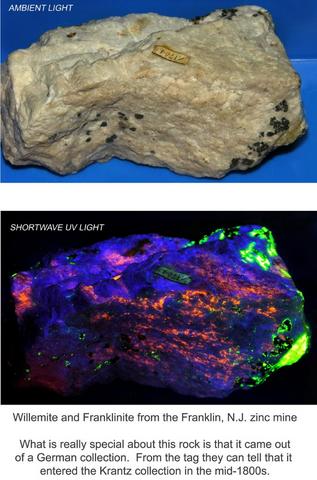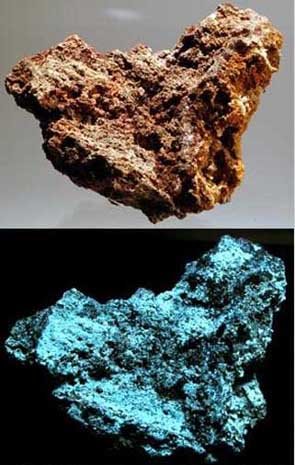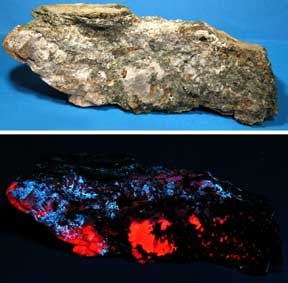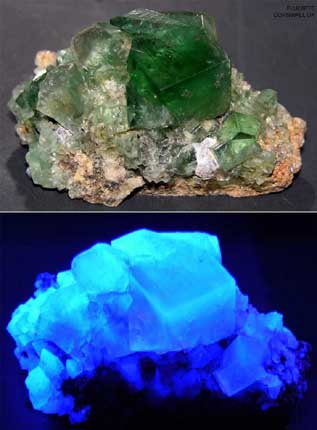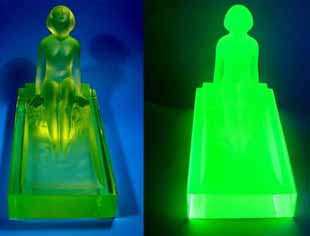Io
For years I had a close friend named Kathy. She was smart, very nice, and she had a great figure. We travelled and did a lot of things together including scuba diving in the Pacific and the Caribbean. In addition to having a great collection of minerals, Kathy had named her cat Io. I found it fascinating to be friends with a kind woman who had a great figure and also had a logical and scientific orientation towards life. It almost seemed like a contradiction.
Io is the innermost moon of Jupiter, and with over 400 active volcanoes it is the most geologically active object in the solar system.
Last night, until the clouds came up from Mexico in the south, I watched lovely Jupiter for so long that my eye eventually began to ache and I had to take a little break. I was using my 8 inch dobsonian telescope, with a light blue filter over a 6mm Radian TeleVue eyepiece. On a 1,200mm focal length telescope this results in a magnification of 200X.
The telescope is capable of higher magnification, and I have a TeleVue eyepiece which pushes it to its rated limit, but I find that 200X is the perfect magnification for viewing planets. Last night Jupiter and her moon named Io put on a great show. The bands of clouds circling the great planet were clearly visible, and then Io began to cross Jupiter’s surface. I guess if one were on Jupiter this could be described as a lunar eclipse. From our perspective here on Earth you could clearly see the dot of Io’s shadow against Jupiter’s cloud tops. And by watching it for almost 45 minutes one could see Io gradually moving across the surface of Jupiter.
The first reported observation of Io was made on my birthday by Galileo Galilei on 7 January 1610. Galileo was from Pisa, Italy and he used the badly engineered (leaning) tower there in Pisa to conduct experiments in gravity. I have visited the leaning tower in Pisa, and I have also been to where he is buried in Florence, Italy.
Last night I also got to watch the moon for some extended period of time. With crystal clear optics and a high magnification like 200X one can clearly see hills and mountain ranges on the moon. And many craters that have secondary craters inside of them, or even overlapping craters where an incoming hit has landed squarely on the rim of an existing crater.
What a wonderful experience. It is such a genuine pleasure to no longer have to get up early in the morning and go off to work. It has opened all sorts of possibilities.
-
-
Events on January 7: http://en.wikipedia.org/wiki/January_7
-
-
--
-
-
--
-
-





